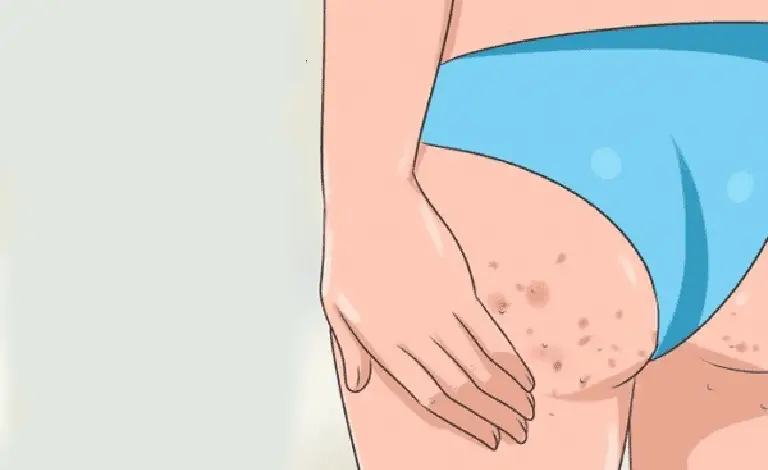Is Keratosis Pilaris Genetic? Unraveling the Mystery
As a beautician, understanding the intricacies of skin conditions is essential. One such condition that often puzzles both professionals and clients alike is keratosis pilaris. A common query is whether this condition is indeed genetic, and how it can affect one's skincare routine.
Keratosis pilaris (KP) is a harmless skin condition characterized by small, hard bumps that may make your skin feel like sandpaper. Though prevalent, it tends to be misunderstood. The most pressing question for many is whether this condition is genetic, and if so, what implications it holds for treatment and management.

Understanding Keratosis Pilaris
Before diving into the genetic aspect, it's crucial to grasp what keratosis pilaris entails. KP occurs when keratina protein that protects skin from infections and other harmful substancesbuilds up and plugs hair follicles. This results in the formation of tiny bumps, often on the upper arms, thighs, cheeks, or buttocks.
Though it's more common in children and adolescents, keratosis pilaris can persist into adulthood, causing cosmetic concerns for many. It's not harmful but can be a source of frustration due to its appearance and texture.
Is Keratosis Pilaris Genetic?
Research indicates that keratosis pilaris does have a genetic component. It often runs in families, suggesting a hereditary link. If a parent has KP, their children are more likely to develop it. This genetic predisposition aligns with the patterns seen in other skin conditions such as eczema and psoriasis.
Understanding this genetic link is crucial for beauticians, as it can guide conversations with clients. Knowing that KP can be inherited may help in managing expectations and creating a tailored skincare regimen.
Factors Influencing Keratosis Pilaris
While genetics play a significant role, other factors can influence the severity and prevalence of keratosis pilaris. These include:
- Dry Skin: KP tends to worsen in conditions that lead to dryness, such as cold weather.
- Age: Younger individuals are more susceptible, though it can persist into adulthood.
- Hormonal Changes: Fluctuations during puberty or pregnancy can exacerbate the condition.
Managing Keratosis Pilaris
For beauticians, providing effective management solutions is key. While there is no cure for KP, several treatments can alleviate the symptoms. Regular exfoliation and moisturizing are fundamental strategies. Products containing alpha-hydroxy acids, lactic acid, or urea can help in smoothing the skin.
It's also beneficial to educate clients on clothing choices for sensitive skin, as recommended in this guide. Reducing irritation through fabric selection can complement other skincare efforts.
Advanced Treatments
In cases where topical treatments are insufficient, professionals may consider advanced options. Chemical peels, for instance, can offer significant improvements. For more insights, check out the detailed article on chemical peels.
Additionally, understanding the distinction between KP and other conditions like eczema and psoriasis is essential. Learning more about these differences can aid in accurate diagnosis and treatment plans. More details can be found in this comparison.
Conclusion
While keratosis pilaris may have a genetic basis, it doesn't dictate one's ability to manage it effectively. Beauticians play a pivotal role in guiding clients through understanding and treating this common condition. By staying informed and utilizing a range of treatments, you can help clients achieve smoother and more comfortable skin.
For comprehensive information on treatment and self-care, consider visiting Harvard Health. This resource offers valuable insights into managing KP effectively.

FAQs
What triggers keratosis pilaris flare-ups?
Flare-ups can be triggered by dry weather, hormonal changes, and the use of harsh soaps or skincare products. Maintaining a consistent moisturizing routine and avoiding irritants can help manage symptoms.
Can diet affect keratosis pilaris?
While diet isn't a direct cause, some individuals find that reducing dairy and gluten can improve their symptoms. However, this varies from person to person, and dietary changes should be discussed with a healthcare professional.
Is there a permanent cure for keratosis pilaris?
Currently, there is no permanent cure for KP. However, consistent skincare and professional treatments can significantly reduce its appearance. Consulting with a dermatologist for tailored advice is recommended.

